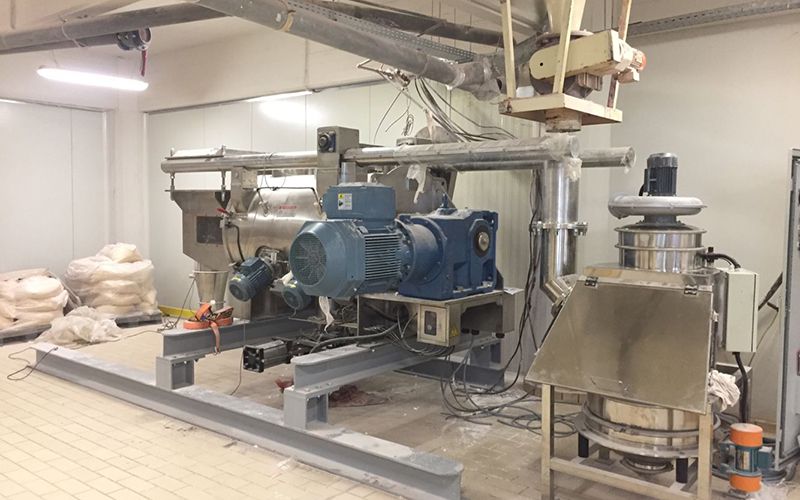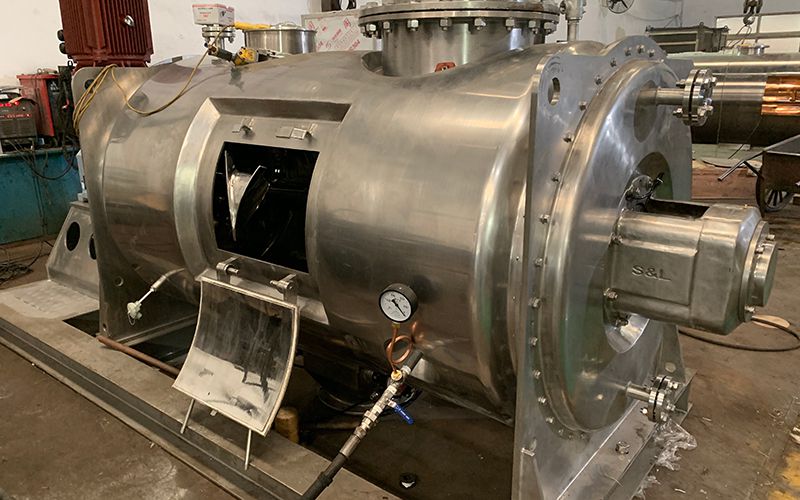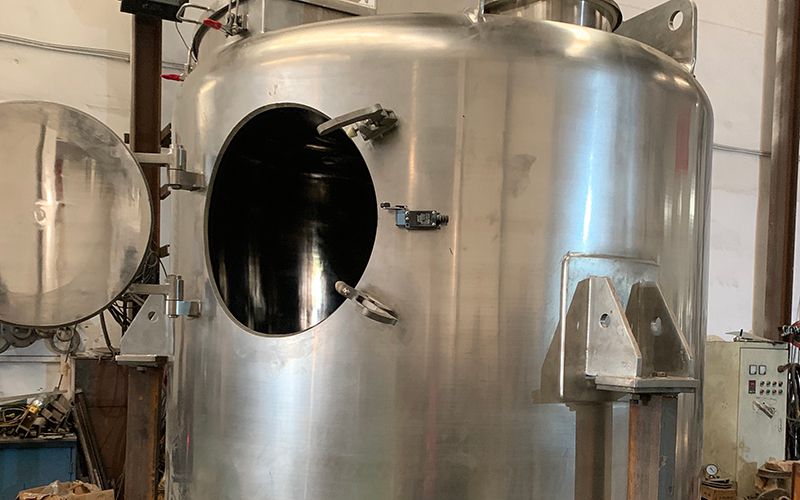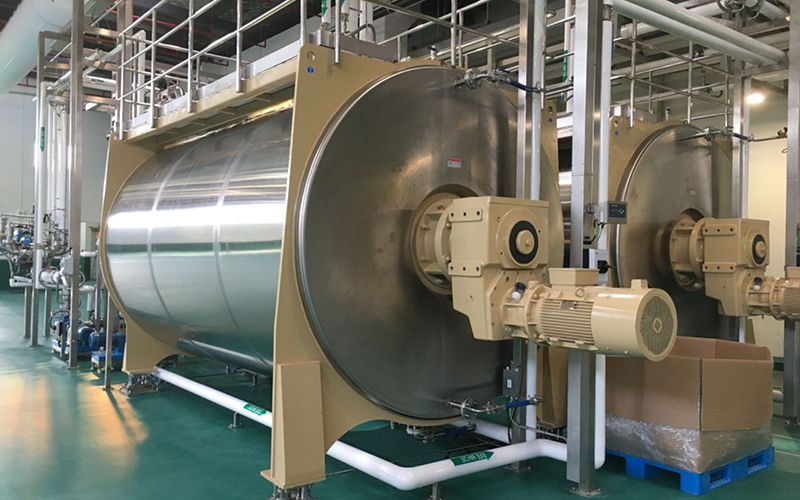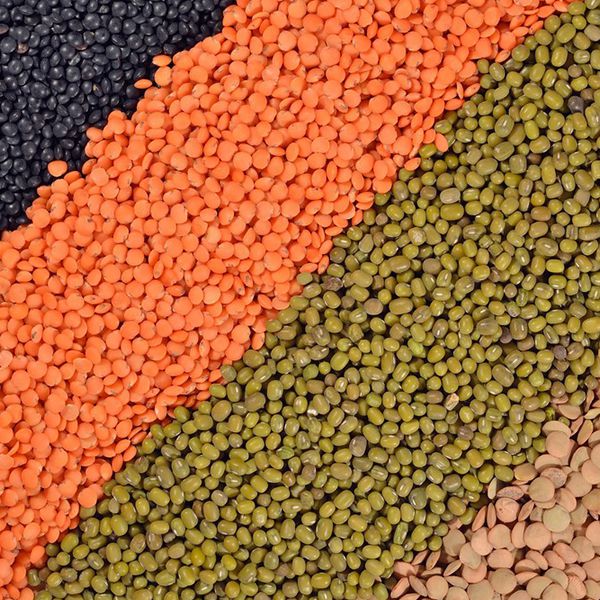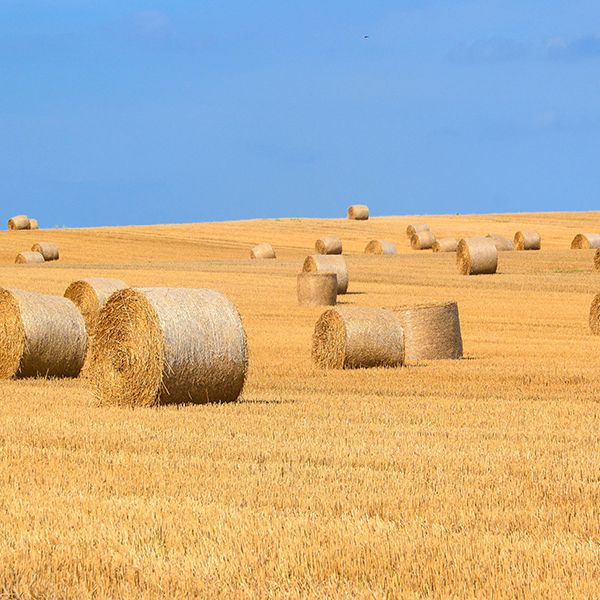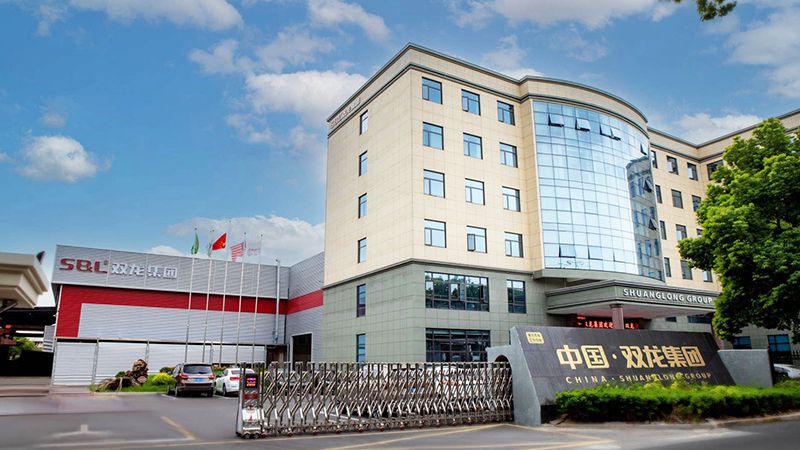
Food industry is one of S&L’s primary areas of focus within the mixing industry, and we continue to invest in further developing mixing techniques, expertise, and services. Our efforts and investments have brought a range of excellent powder mixing equipment and systems. These mixing techniques can be used for development work in R&D environment of food additives and food material, to scale up pilot food manufacturing plants, up to full-scale production facilities.
Ensuring product safety, process reliability, and equipment cleanliness are crucial considerations when selecting and designing food processing equipment. The design and selection of systems and equipment will significantly impact product quality, daily operations, and operating costs. With this in mind, we always prioritize these aspects when designing and manufacturing your equipment or system.
Our design philosophy for food mixing applications is innovation, simplicity, reliability, visibility, cleanability, and avoidance of dead spots. Intelligent equipment design and world-class testing facilities can help you meet future global food processing demands. If you are seeking a reliable partner to support you in establishing new mixing production lines or developing new process applications, please do not hesitate to contact us at your convenience.
- Various types of industrial mixers for different status food materials
- GMP standard ensures seamless surface with radius corners and zero dead space
- FDA certificate for non-metal part
- BPE quick clamp nozzles
- Efficient CIP (cleaning-in-place) system design
- Patented design for main shaft seal
- Heating and cooling process with pressure certificates (GB code)
- Accessories: dosing system, weighing system, electric panel box, vacuum feeding station, etc.
Powder
- Vitamin
- Ice Cream
- Flour
- Milk/Whey Powder
- Enzymes
- Starch
- Flavorings/Spices
- Bakery
- Protein
- Juice powder
- Coffee
Granules, Grains or Powder Containing Pieces
- Table Salt
- Diet Foods
- Grain
- Convalescent Preparations
- Tea Extracts
- Fruit Drinks
- Tobacco
Fragile Materials
- Muesli
- Instant Soups
- Tea Mixes
- Frozen Vegetable
- Vegetable
- Frozen Fruit
Viscous Products
- Fruit Pulps
- Chocolate
- Wafer Filling
- Cheese Spread
- Baby Food
- Cream
-
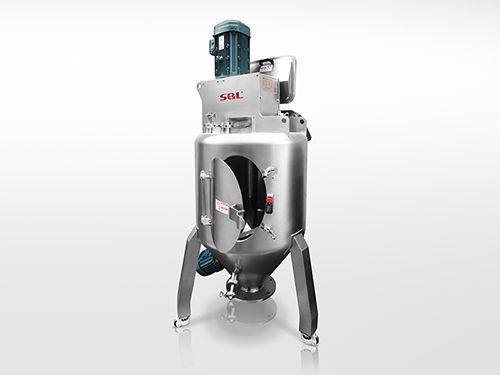
- Vertical Ribbon Mixer S&L vertical ribbon mixer, also known as vertical mixer, ribbon blade mixer or ribbon blender, is an industrial blending equipment for mixing solids, powders and pastes. This high precision mixing equipment is especially suitable for mixing materials with various character like density, particle size and shape, proportions, and it offers good mixing effect even for a proportion as high as 1:100-10000. Discover More
-

- Conical Screw Mixer Conical screw mixer, also known as Nauta Mixer, cone screw mixer, vertical screw mixer, consists of one or two asymmetric screws. The vertical cone screw blender is a batch mixer, specially designed for batch processing of powders, pastes and liquids. The screws rotate around their own axis (rotation) while, with the help of the rotation of the cantilever, they revolve around the central axis of the cone vessel along the inner wall of the vessel (revolution). Discover More
-
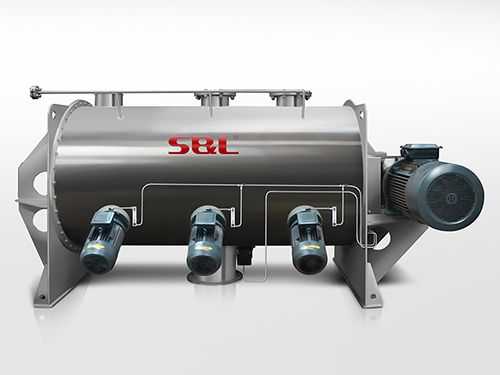
- Plough Shear mixer Plough shear mixer, also named ploughshare mixer, plow mixer or plough mixer, is an industrial horizontal mixer specially designed for blending powders, granules and pastes. S&L Ploughshare mixer consists of a cylindrical drum, drive unit, plough shaped mixing elements mounted on a horizontal shaft, and high speed choppers. Discover More
-
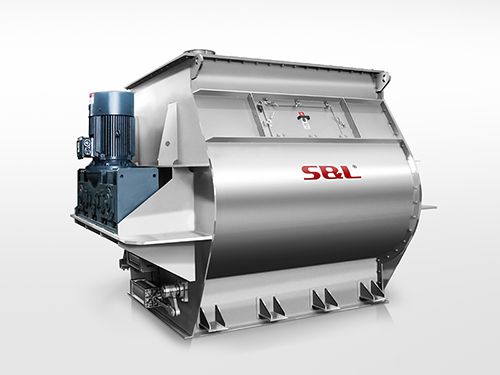
- Paddle Mixer S&L paddle mixer, also called fluidized zone mixer, is an industrial mixer for blending dry powders and liquid additives. It consists of a horizontal cylindrical vessel, drive unit, and double shaft paddle, and can be equipped with a lump breaker. During operation, the two shafts with counter-rotating blades rotate to different sides, driving the paddle at different angles to circulate and flip the materials along the axial and radial directions. Under the effect of high linear speed, the materials are thrown up and fall down in a weightless (i.e., zero-gravity) state. Discover More

